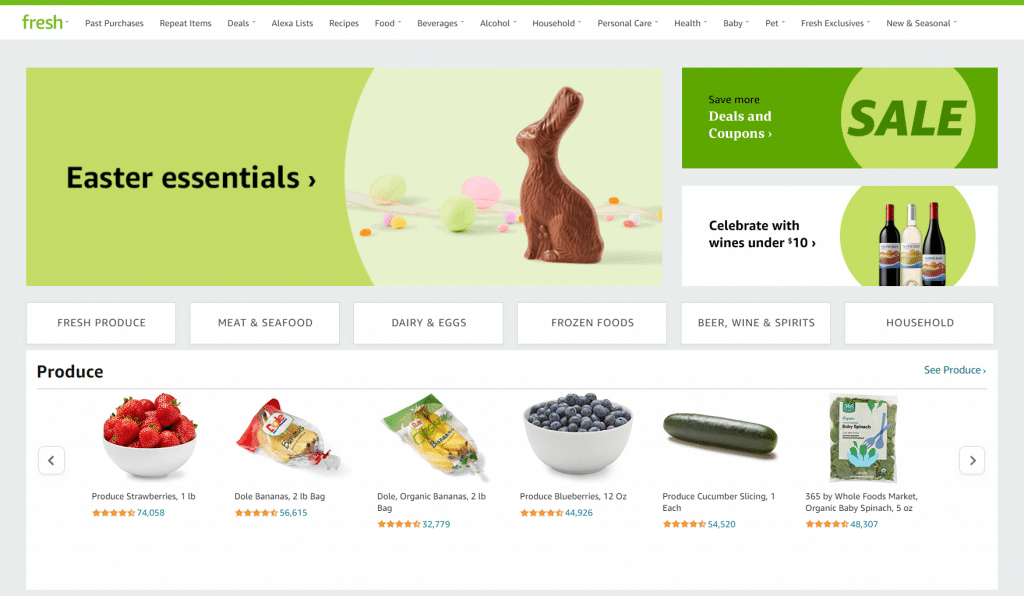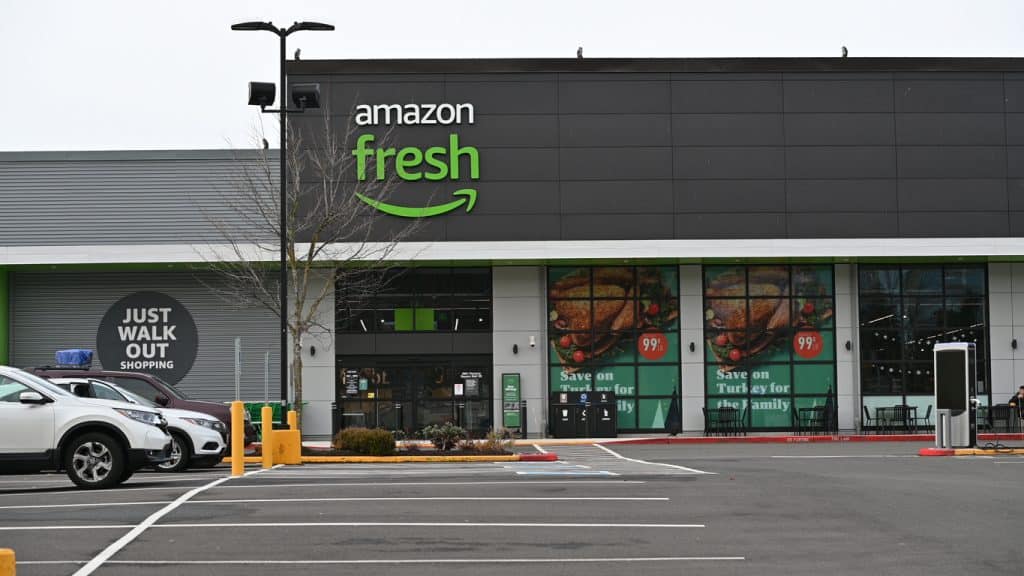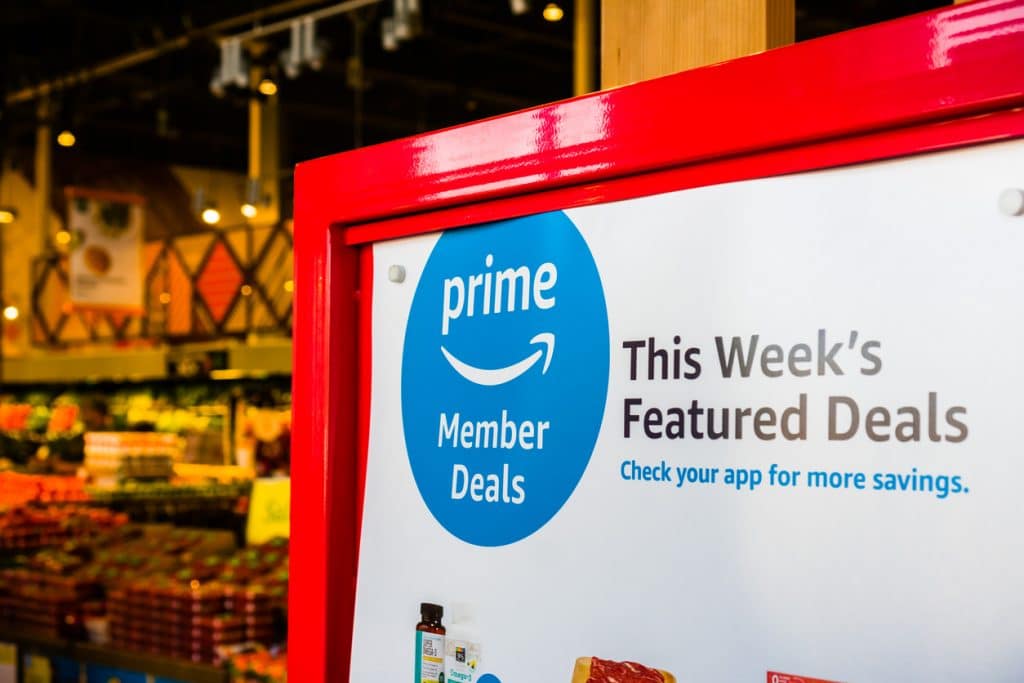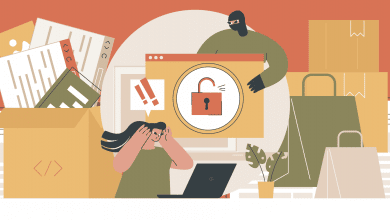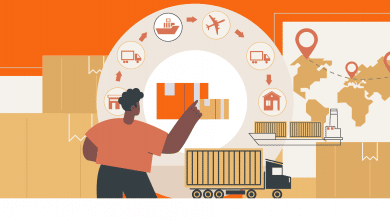The Complete Guide to Amazon Fresh in 2025
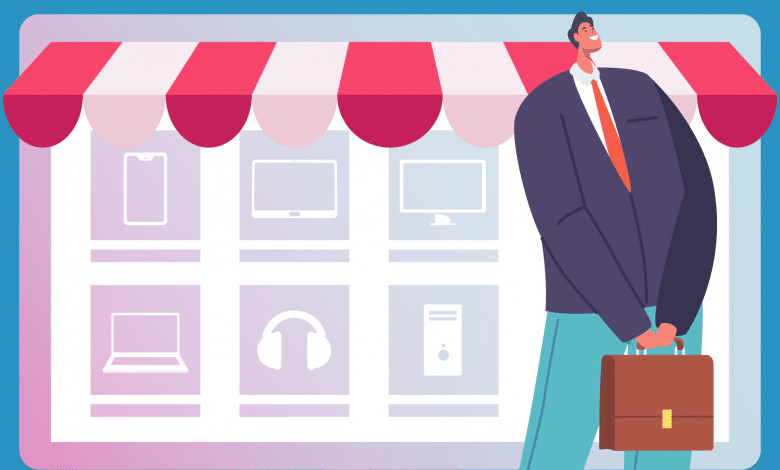
Amazon, the biggest online retail company in the world, has made plays to enter the grocery game over the past several years. One of its latest innovations is Amazon Fresh, an online grocery service infused with the company’s ‘state-of-the art’ technology to provide a more seamless customer experience.
In this article, we’ll talk all about Amazon Fresh, how it works, and its perks and disadvantages over traditional grocery shopping.
Related Reading: The Ultimate Guide to Payment Methods on Amazon
What Is Amazon Fresh?
Amazon Fresh is a grocery delivery and pickup service that operates in select cities in the US and in some other parts of the globe. It allows Amazon Prime members to buy groceries and pantry products on the Amazon website or mobile app without having to physically pick out their desired items in-store and have them delivered to their doorstep or scheduled for pickup at a later time.
Amazon Fresh Locations
Amazon has also launched a bunch of physical Amazon Fresh locations over the past couple of years, now with 40+ stores in the US as of Q1 2023 and with locations in Europe and Asia as well. As of writing, Amazon customers also have the ability to return or receive their Amazon packages at one of these Amazon Fresh locations.
How Does Amazon Fresh Work?
To use Amazon Fresh, you must have an Amazon account and be located in one of the serviced areas. You can verify if you are within such an area by simply entering your zip code to check the availability of the service.
The next box to tick is that you should be an Amazon Prime member, as the service is only available if you are a paying subscriber to Prime. Incidentally, this is Amazon Fresh’s biggest perk, as shoppers can avail of Prime’s benefits like free same-day and one-day delivery on eligible items and access to exclusive deals.
If you’re an Amazon Prime member and Amazon Fresh is available in your area, you can proceed to browse products on Amazon Fresh either on the website or on the Amazon mobile app. You can search for products by category, use the search bar, or use Alexa to find specific items, exactly like you would when shopping for non-grocery items on Amazon.com.
Once you’ve placed your order, you will need to schedule your preferred 2-hour delivery window. Depending on your preference, orders may be delivered to your doorstep or picked up from a designated location. Amazon Fresh offers same-day delivery and pickup options. You may also choose between attended or unattended delivery. The former requires someone to be physically present to receive the order in regular bags, while the latter is for instances when groceries are delivered to customers in bags that are temperature controlled so that if there isn’t anybody to receive the order, the items will still stay fresh.
Just like with Amazon FBA, the products are stored, picked, packed, and shipped to and from an Amazon warehouse. Amazon has also partnered with third-party grocery stores in various areas to facilitate faster delivery and pickups.
If you’re looking to visit a physical store you can drive down to a physical Amazon Fresh store, which will typically have everything that’s offered online, plus an Alexa kiosk that you can use to create shopping lists. These stores feature Amazon’s ‘just walk out’ technology, meaning you won’t have to go through cashiers to check out. Instead, you only need to have the Amazon app downloaded and it will generate your bill depending on the items you took out of the store. This is all connected to your Amazon account.
How Much Does Amazon Fresh Cost?
The Amazon Fresh service technically does not cost anything, but it is only available to Amazon Prime members. Hence, we can say it costs whatever you are paying for your Prime subscription, which is typically $14.99 a month or $139 a year.
As for the delivery, Amazon used to offer free deliveries for orders more than $35. As of March 2023, however, shoppers will have to pay a $9.95 delivery fee for orders under $50, with a $6.95 delivery fee for orders between $50 and $100, and $3.95 for orders between $100 and $150.
What Can I Buy On Amazon Fresh?
As its name suggests, the selection of goods available on Amazon Fresh leans heavily towards fresh perishables, including fruits and vegetables, dairy, and meat. It also includes other items that you would typically find in traditional grocery stores like beverages, snack items, infant care, cosmetics, and even freshly cooked meals.
Amazon’s acquisition of Whole Foods back in 2017 enabled the company to expand its Fresh offering to over 500,000 products from different brands, including organic, seasonal, and fresh produce.
Amazon Fresh vs. Amazon Go vs. Whole Foods
Since Amazon purchased Whole Foods back in 2017, these three terms are often used interchangeably, but there are technical differences between them.
Amazon Fresh refers to the online grocery service that is focused on seamless transactions and lower prices, as opposed to Whole Foods which is known for its locally-sourced, organic, and healthy range of products, generally a bit pricier. Another difference is that while both services are owned by Amazon, Amazon Fresh only accommodates Amazon coupons, whereas Whole Foods can honor coupons from various brands. That being said, it’s a no-brainer to expect more integration between the two services in the future as Amazon expands its grocery offerings.
On the other hand, Amazon Go is a physical store concept that offers a cashier-less shopping experience through Amazon’s ‘just-walk-out’ technology, which is essentially a network of cameras, sensors, and AI to track what you are buying and calculate how much you’ll get charged. Amazon Fresh stores also use the same contactless technology, but the big difference is that you can shop for other retail product categories in an Amazon Go store, while Amazon Fresh is tailored specifically to groceries.
What Are the Pros and Cons of Amazon Fresh?
As with most Amazon services, its grocery service comes with its fair share of pros and cons. The table below is not an extensive list, but it should give you a rough idea of how Amazon Fresh differs from your traditional grocery experience.
|
Amazon Fresh Pros |
Amazon Fresh Cons |
|
|
By far, the biggest advantage to Amazon Fresh, as it is with Amazon’s online retail marketplace, is the availability to place your orders remotely and receive them fast. On the flip side, its biggest drawbacks include the limited number of serviced areas as of writing, and you can also end up paying significantly more for certain items than on competing grocery stores if you’re not paying attention.
Can I Sell on Amazon Fresh?
As of 2018, Amazon has stopped third-party sellers from selling on Amazon Fresh as they would on the general ecommerce marketplace. As it is, 3P sellers are only able to sell on Amazon Fresh as partners or suppliers for Amazon on an invite-only basis, provided they meet and maintain certain eligibility criteria imposed by the company.
Many sellers have observed that most brands sold and carried by Whole Foods easily meet the eligibility criteria, presumably because Amazon also owns Whole Foods as of 2017. You are also more likely to get invited if you’re already a grocery brand with an established following and strong sales history.
On rare occasions, sellers have also gotten invites from Amazon by applying and submitting documents like proof of legitimacy as a legitimate wholesaler, distributor, or manufacturer, and photos or actual samples of their products.
Conclusion
Amazon Fresh is a nice stab at making grocery shopping more seamless, combining Whole Foods’ physical footprint and niche product offerings with Amazon’s contactless technology. However, the service is far from perfect, prices for certain goods may be higher than those in traditional grocery stores, and serviced areas are very limited.
Ready to try out Amazon Fresh? Let us know in the comments section below.
